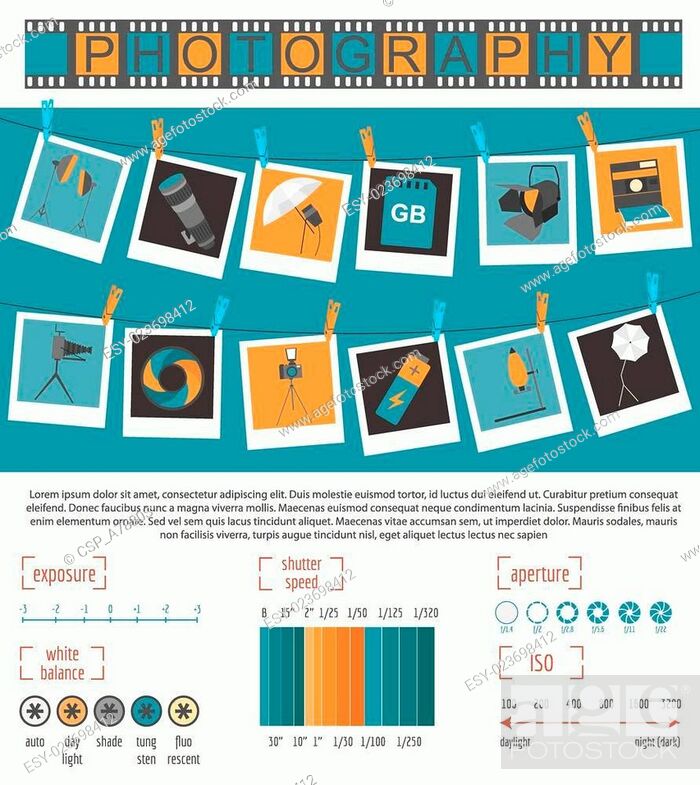What Every Professional Photographer Ought To Know About Lighting
What Every Professional Photographer Ought To Know About Lighting
Blog Article
Web Content Develop By-Gillespie Olsson
As a professional photographer, you understand that lighting can make or break your pictures. Recognizing the nuances of both natural and synthetic light is vital for capturing the state of mind and clarity you go for in your job. Whether you're going after the ideal golden hour glow or adjust your fabricated configurations, mastering these components can raise your digital photography dramatically. But there prevail pitfalls that lots of neglect, and acknowledging them can change your technique to every shoot. Let's discover what you could be missing and how it can affect your results.
Comprehending All-natural Light
Recognizing all-natural light is important for any type of digital photographer aiming to enhance their job. It's the foundation of great digital photography, affecting state of mind, tone, and quality. When you shoot outdoors, take note of the time of day. The gold hour-- soon after dawn and before sundown-- provides soft, cozy light that can transform ordinary scenes right into magnificent images.
Do not ignore the power of cloudy days. Cloud cover diffuses sunshine, developing a soft, also light that's best for portraits and macro digital photography. related internet page 'll locate shades appear this sort of illumination without harsh darkness.
Positioning matters, also. Always consider your topic's positioning to the source of light. If the sun's behind your subject, you may end up with a shape, which can be remarkable yet mightn't be what you want. On the other hand, direct sunshine can develop unflattering shadows.
Try out angles; sometimes, altering your perspective can generate remarkable outcomes. Use natural reflectors, like water or sand, to bounce light onto your topic, including measurement.
Mastering Artificial Light
Grasping artificial light is necessary for professional photographers who wish to take their abilities to the following level. Whether you're using speedlights, workshop strobes, or continual lights, comprehending just how to manipulate these resources can substantially improve your photos.
Begin by familiarizing yourself with the fundamentals of light top quality, direction, and color temperature. Try out various modifiers like softboxes, umbrellas, or grids to manage the softness or cruelty of the light.
You'll find that soft light often develops flattering results, while harsher light can add dramatization and deepness. Don't shy away from darkness; they can improve the three-dimensionality of your subjects.
Pay attention to the placement of your lights. A light positioned also near your topic can develop uncomplimentary outcomes, while too far away can bring about an absence of detail. Make use of a light meter or your camera's pie chart to guarantee you're exposing appropriately.
Lastly, keep in mind that fabricated light can be combined with ambient light for innovative results. Stabilizing these resources may take method, once you understand it, your photography will really shine.
Techniques for Different Circumstances
When you enter different shooting circumstances, adapting your illumination techniques is crucial for catching the best images. For outdoor pictures, make use of the golden hour-- early morning or late afternoon light-- to soften darkness and boost skin tones.
If https://zenwriting.net/sherley498andy/discover-to-reveal-your-one-of-a-kind-photo-style-by-checking-out-influences 's a severe midday sun, take into consideration making use of a reflector to jump light back onto your subject or seek shaded locations for an extra also exposure.
In low-light scenarios, like interior events, enhance your ISO and utilize a broad aperture to let in even more light. A tripod can assist get rid of cam shake, enabling longer direct exposures without blurring.
If you're contending evening, try out off-camera flash to develop vibrant lights and deepness in your pictures.
For item photography, utilize diffused lights to prevent harsh reflections. Softboxes or light camping tents can help achieve this impact.
When photographing landscapes, take into consideration the instructions of light and time of day, as it can substantially transform the mood of your shot.
Always prepare to readjust your settings and placing based upon the situation, as versatility is essential to mastering illumination in digital photography.
Final thought
In conclusion, grasping lighting is vital to elevating your digital photography abilities. Embrace all-natural light's beauty during golden hour, and don't shy away from try out artificial light methods. By adjusting your strategy to various circumstances, you'll catch stunning images that reverberate with feeling and quality. Remember, the best illumination can transform a common shot into something remarkable, so keep practicing and refining your understanding of both natural and man-made light. Delighted capturing!
